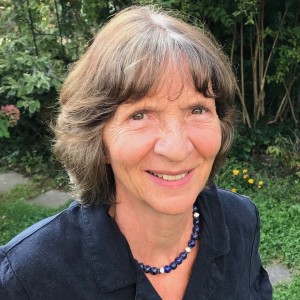
Aleida Assmann
A great creative thinker with a huge stock of knowledge characterizes Aleida Assmann. She is a cultural scientist, one of the most important in the German speaking countries, a professor of English and Literature, and studied Egyptology. Cultural memory, remembrance and forgetting are the core themes of her research, for which she has received numerous awards. Aleida Assmann teached at the University of Konstanz and was a visiting professor at many international institutions, among others at Princeton and Yale. She is the mother of five children and she has succeeded in living with a sense of community, uniquely combining her career, children and family. Aleida Assmann has been an inspiring impulse giver and a thinking partner for the artistic practice of Christoph Viscorsum for many years.
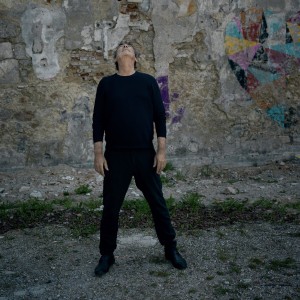
Hubert von Goisern
uniquely combines the relation to his home country with different, atypical views and fundamental questions, often based on music. Having grown up in the deepest Salzkammergut, he connected local music with others and became well-known even beyond the Austrian borders. His tours and musical journeys took him all over Europe, the USA, Arab countries, Tibet and Africa. Hubert von Goisern is active in cultural politics and has two children.
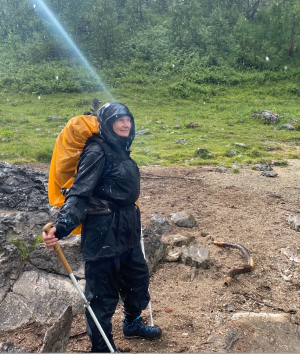
Wanda Golonka
has two daughters. She danced for Pina Bausch and was choreographer, among others for Neuer Tanz and at the Schauspiel/Frankfurt. At the Inter-university-center for Dance Berlin, she is the head of the choreography department. She also trained in shamanic practice. A core component of her work is the sensual discovery of space, which she explores in relation to body and time. For the Great Space Walk, Wanda Golonka spent four days in the Totes Gebirge to develop the choreography for Track 14, returning to everyday space.
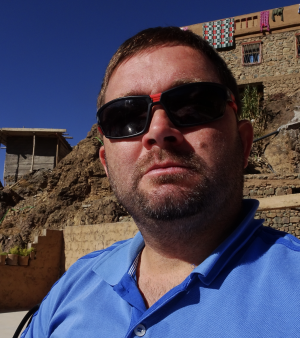
Herbert Grill
is one of the last farmers on the Schwarzenbergalm. He also works as a nurse to maintain the farm which used to provide for the whole family. Herbert Grill answered with a lot of humour and very openly to the unusual questions that Christoph Viscorsum asked.
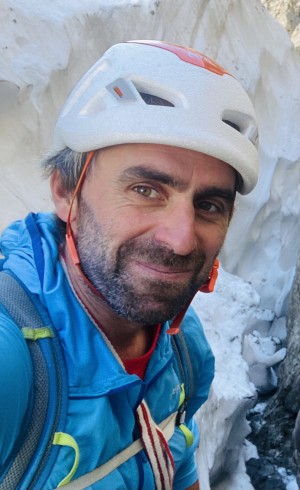
Christoph Hüthmair
is a passionate alpinist and works as a mountain and ski guide. His home is the Totes Gebirge, he lives with his family in Hinterstoder (Pyhrn-Priel region). His focus is not on collecting summits, but on exploring the path together. He is looking for approaches to walking and mountaineering that lead away from a quantitative experience and towards a qualitative, existential experience. Walking times, metres in altitude and difficulties play a subordinate role. Much more important to him is the conscious experience of unspoilt nature in the mountains.
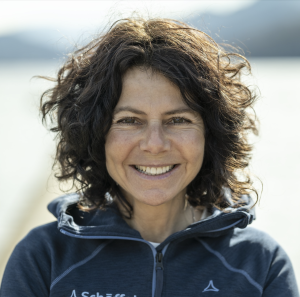
Gerlinde Kaltenbrunner
is the first women who climbed the fourteen highest mountains of the earth without additional oxygen or support from porters. She grew up on the edge of the Totes Gebirge where she developed a relationship to mountains, practiced climbing and so became an expert for the inner dimension of mountaineering, the connection of the body to the space.
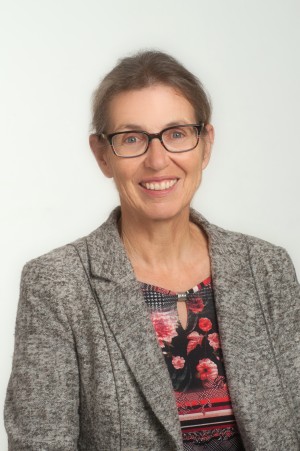
Veronika Kirchner
experienced the project during a test run in July 2023 and, after her return into the human shaped world, spoke about the difference of being in these worlds.

Jutta Leskovar
is a prehistorian, an expert for the prehistory and the early history of Upper Austria. She is head of the corresponding collection at the Upper Austria Museum (OÖ), and also writes historic novels. Jutta Leskovar analyses the interfaces between archaeology and spirituality in the context of scientific projects and researches shamanism in theory and practice. Her open kind of thinking allows her to be interested in more perspectives beyond those of science.
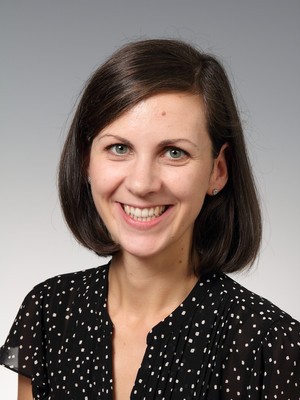
Anna Morbitzer-Sassi
grew up in Bad Ischl. She served as an acolyte and has had numerous personal experiences in the parish church with space and liturgy, which she shared for the Great Space Walk. Anna Morbitzer-Sassi teaches German and French and serves on the parish council.

Stefan Nuspl
happened upon the Great Space Walk by chance when staying at one of the cabins, as he often crosses the stone desert in the Totes Gebirge on his tours. Stefan Nuspl works as a lawyer with the tax office.
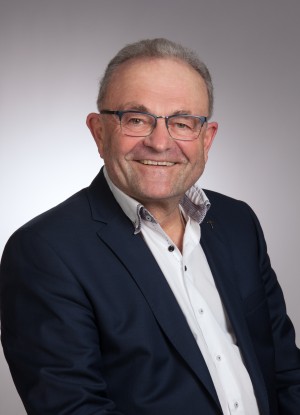
Christian Öhler
has served as parish priest since 2010 for Bad Ischl-St. Nikolaus. He grew up as a “steel town kid” in Bindermichl/Linz, with family roots in Helfenberg in the Mühlviertel region with old, sacred stones. His spiritual thinking is on a high level. Christian Öhler as a Space-World-Connector can head a congregation in a working class neighbourhood in the industrial town of Linz as well as one in Salzkammergut, a region characterized by its folkloristic tradition.
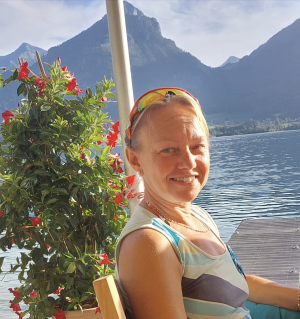
Edith Pühringer
was invited to the Great Space Walk because she perceives the rituals of the church in a particularly deep sense and therefore also the faith and devotion that comes with them. This led to a long intense interview. Edith Pühringer is a nurse in Bad Ischl.
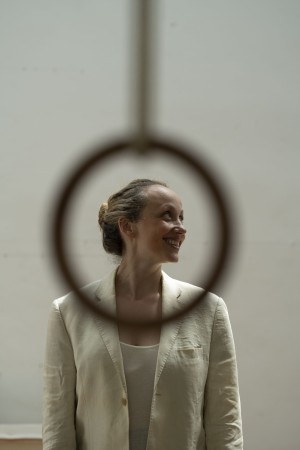
Rebecca Raue
is an artist who is capable of opening spaces for people in a very particular way. In Ephra, a long-term project that she initiated, she inspirits the space between art and children. The connections she creates are significant. Rebecca’s work encompasses body, perception and spirituality.
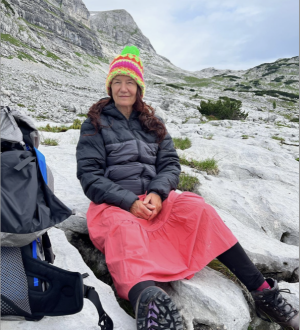
Elisabeth von Samsonow
is an artist and a philosopher, who is well versed in the theory of the present age as well as in the deep horizons of history. She studied philosophy, theology and art; and in 1996 she was offered the professorship for philosophical and historical anthropology of art at the Academy of Arts in Vienna. In formulating her thoughts, Elisabeth von Samsonow does not only use words but also employs feelings actively. For the Great Space Walk, she visited the trail several times and stayed in the Totes Gebirge for several days.

Ariadne von Schirach
teaches philosophy and Chinese thinking at various universities and gives talks in Austria and abroad. In addition, she works as a freelance journalist and reviewer. She gained wide-spread recognition as the author of the non-fiction bestsellers Der Tanz um die Lust (2007) and Du sollst nicht funktionieren. Für eine neue Lebenskunst (2014) or Glücksversuche Von der Kunst, mit seiner Seele zu sprechen (2021). For the Great Space Walk, Ariadne von Schirach she toured the stone desert for several days and confronted ideas of re-perspectivation on-site.
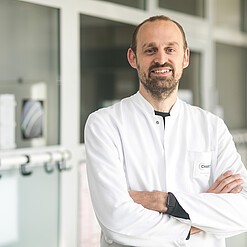
Harald Stachelscheid
is active in a currently central field of scientific development: bio-technology. He is capable of transforming cells into heart cells and observes them as they start beating under the microscope. He researches stem cells and is the head of the technology platform at Berlin’s Charité hospital, the Berlin Institute for Health. Harald Stachelscheid changes everything we are made of and tries to help humanity by exploring how to make organs grow.

David Steindl-Rast
is a monk and was – at the time of the interviews – 96 and 97 years old. As a hermit, spiritual teacher, psychologist and author he deals with the unique challenges and possibilities of our times, and he was giving talks all over the world about pluralistic religious theology and Zen-buddhism.

Anne Tlach
has gathered experience as a midwife for many years. Sie studied ethnology, is accredited as a doctor for natural medicine in Switzerland, and works as a pedagogue and consultant at various educational and political institutions. She focusses on bonding, nature and inclusion in the context of education and societal change. For the interview, she spent hours in the cold night in the Totes Gebirge – until sunrise.
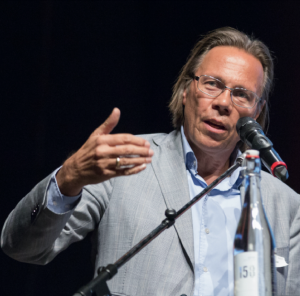
Harald Welzer
When Harald Welzer reflects on something, he identifies the basic premises given. What he discovers while thinking, he implements. If Welzer sees no way to progress, he leaves a comfortable situation and goes looking for other means of moving ahead – transformation design come true. Harald Welzer teaches at the Europa-Universität Flensburg and at the University of St. Gallen; he is one of the co-founders of Futurzwei – Stiftung Zukunftsfähigkeit and one of the most important German speaking intellectuals.